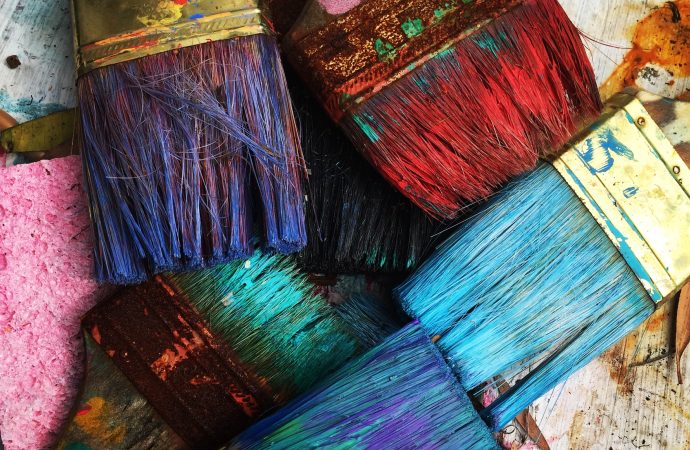Art has always been a medium for expressing the human experience. It is a way to capture moments, emotions, and ideas that transcend time. The intersection of memory and imagination in art is a powerful tool that artists use to create a world that transcends time. By combining memories and imagination, artists can create a
Art has always been a medium for expressing the human experience. It is a way to capture moments, emotions, and ideas that transcend time. The intersection of memory and imagination in art is a powerful tool that artists use to create a world that transcends time. By combining memories and imagination, artists can create a world that is both familiar and new, a world that is both rooted in the past and open to the future.
Memory is a powerful force in art. It is the foundation upon which artists build their work. Memories are the building blocks of our experiences, and they shape the way we see the world. Memories can be both personal and collective, and they can be used to create a sense of nostalgia or to evoke a particular emotion. In art, memories can be used to create a sense of familiarity, to connect the viewer to the work on a personal level.
Imagination, on the other hand, is the tool that artists use to transcend time. Imagination allows artists to create a world that is not bound by the constraints of reality. It allows them to create something new, something that has never been seen before. Imagination is the key to creating a world that transcends time, a world that is both timeless and timely.
When memory and imagination intersect in art, something magical happens. The artist is able to create a world that is both familiar and new, a world that is both rooted in the past and open to the future. This intersection allows the artist to create a world that transcends time, a world that is both timeless and timely.
One example of this intersection can be seen in the work of the artist, Salvador Dali. Dali’s work is a perfect example of how memory and imagination can intersect in art. His work is rooted in his memories of his childhood in Catalonia, Spain, but it is also infused with his imagination. Dali’s work is both familiar and new, and it transcends time.
Another example of this intersection can be seen in the work of the artist, Frida Kahlo. Kahlo’s work is deeply personal, and it is rooted in her experiences. Her work is a reflection of her memories, but it is also infused with her imagination. Kahlo’s work is both familiar and new, and it transcends time.
In conclusion, the intersection of memory and imagination in art is a powerful tool that artists use to create a world that transcends time. By combining memories and imagination, artists can create a world that is both familiar and new, a world that is both rooted in the past and open to the future. This intersection allows the artist to create a world that is both timeless and timely, a world that captures the human experience in a way that is both personal and universal.

















Leave a Comment
Your email address will not be published. Required fields are marked with *